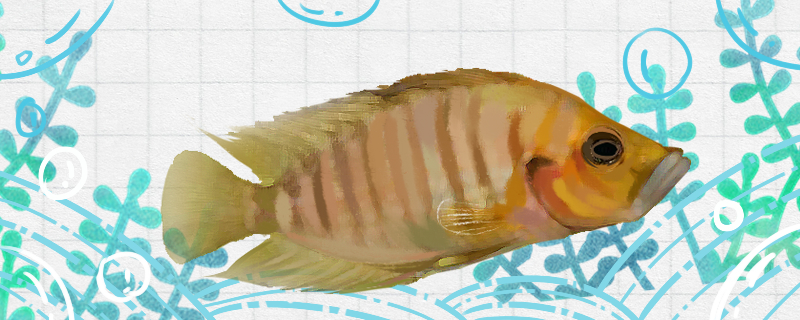
golden-headed pearl gobies? When raising golden-headed pearl gobies, we need to provide them with enough space to raise them. They are a social animal and it is recommended to keep multiple animals in one tank. This is helpful for viewers to appreciate their unique living habits. In addition, some stones need to be placed at the bottom of the tank where they are raised, but the edges and corners of the stones should not be too sharp to prevent damage to their scales. Generally speaking, they are relatively easy to raise and are recommended for beginners.
golden-headed pearl gobies? 1. Water temperature: Golden-headed pearl gobies can accept a wide range of temperatures, but they can not tolerate low temperatures. For them, the most suitable water temperature for survival is between 23-29 degrees Celsius. In addition, in order to keep the water temperature in the water tank constant, it is recommended to install a good constant temperature system.
2. Water quality: The weak alkaline water environment is the best for them. Therefore, when breeding, it is best to control the pH value of the water between 7.7 and 8.3, and keep the hardness of the water between 14 and 22, which can not only ensure their survival, but also keep their bodies in the best condition.
3. Feeding: They like to eat active bait. When feeding, they can be fed with small fish, shrimps, frozen shrimp, mealworms, red worms, etc. Occasionally, they can be fed with artificial feed.